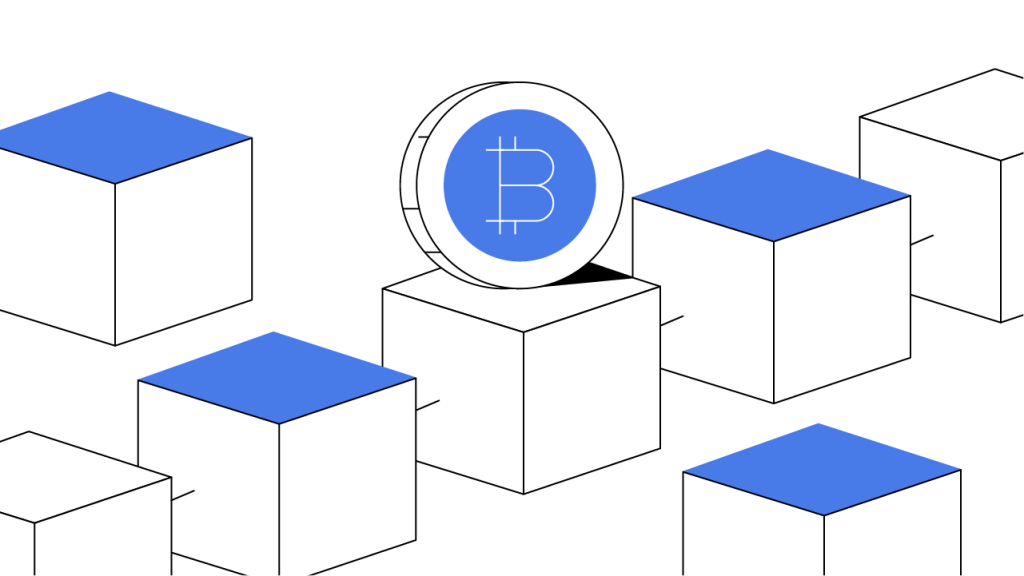What Are Bitcoin Ordinals?
Bitcoin Ordinals allow users to inscribe data onto satoshis (small pieces of Bitcoin), creating records on the Bitcoin blockchain.
By
Updated October 31, 2024 • 3 min read

Summary
Bitcoin Ordinals allow users to inscribe data onto satoshis (small pieces of Bitcoin), creating records on the Bitcoin blockchain. They are in some ways similar to NFTs, but Ordinals differ by inscribing data directly on-chain without the use of smart contracts. They allow for new means of storing records and creating digital collectables on the blockchain, but also raise some concerns about the scalability of the Bitcoin network.
What Are Bitcoin Ordinals?
Bitcoin Ordinals are a fairly new development in the Bitcoin ecosystem, and have generated a substantial amount of attention from the crypto space since their arrival. A product of the Ordinals protocol launched in January 2023 by Casey Rodarmor, Bitcoin Ordinals allow for pieces of data to be inscribed onto satoshis on the Bitcoin network. These inscriptions are stored directly on the blockchain, making them immutable and traceable, and can be used to permanently link information such as text, images, or even audio files to individual sats. They are in some ways similar to NFTs, and can also be used to store records, launch digital collectables, and more.
While bitcoin has traditionally been viewed as a store of value or medium of exchange, Ordinals offer the Bitcoin network greater functionality and a wider number of use cases. Tens of millions of inscriptions have already been made on the Bitcoin blockchain, and this number seems likely to continue to grow as their usage continues to permeate different areas of the industry.
How Do Bitcoin Ordinals Differ from NFTs?
While there are some similarities between Ordinals and NFTs, there are differences in several key areas. Firstly, NFTs make use of smart contracts, which makes them better suited for smart-contract native networks such as Ethereum and Solana. On these chains, NFTs take the form of unique tokens which often represent something such as art. Ordinals, on the other hand, are inscriptions, not tokens, which means that the information is stored directly on the blockchain and is not dependent on an external database. This approach also circumvents the need to use smart contracts, as the Ordinals protocol handles direct inscriptions onto Bitcoin transactions.
Another key point of difference between the two is that NFTs are typically used to represent ownership of something such as digital artwork or access to something such as a group or event. In contrast, Bitcoin Ordinals might be thought of as a permanent record of something on the Bitcoin blockchain, by enriching satoshis with additional data. In this way, Bitcoin Ordinals might be thought of as embedding information, rather than facilitating the transfer of ownership.
Scalability Concerns
While Ordinals do open up new possibilities and enable greater functionality for the Bitcoin network, there are concerns relating to their effect on scalability. By attaching additional data to Bitcoin transactions, the size of an Ordinals-related Bitcoin transaction is also increased. As a result, the greater the popularity of Ordinals, the greater the potential for higher network fees and slower transaction speeds; due to increased demand for block space. Depending on what purpose users of Bitcoin wish the network to serve, this potential increase of blocksize cloud work against the intended lightweight nature of its transactions. Some critics of Bitcoin Ordinals have argued that by adding non-essential data to these transactions, the original purpose of the crypto as a peer-to-peer digital currency is undermined.
In any case, Ordinals offer an innovative new way of expanding the functionality of the Bitcoin network, as well as the original concept of the cryptocurrency. While the ability to inscribe additional data onto the blockchain can increase block size and slow down transaction speed, it also brings to light the need for effective scalability solutions for the Bitcoin network to allow similar new features to be implemented in the future. For now, however, Ordinals, and the projects they enable, don’t seem to be going anywhere.
Cryptopedia does not guarantee the reliability of the Site content and shall not be held liable for any errors, omissions, or inaccuracies. The opinions and views expressed in any Cryptopedia article are solely those of the author(s) and do not reflect the opinions of Gemini or its management. The information provided on the Site is for informational purposes only, and it does not constitute an endorsement of any of the products and services discussed or investment, financial, or trading advice. A qualified professional should be consulted prior to making financial decisions. Please visit our to learn more.

Author
Is this article helpful?
